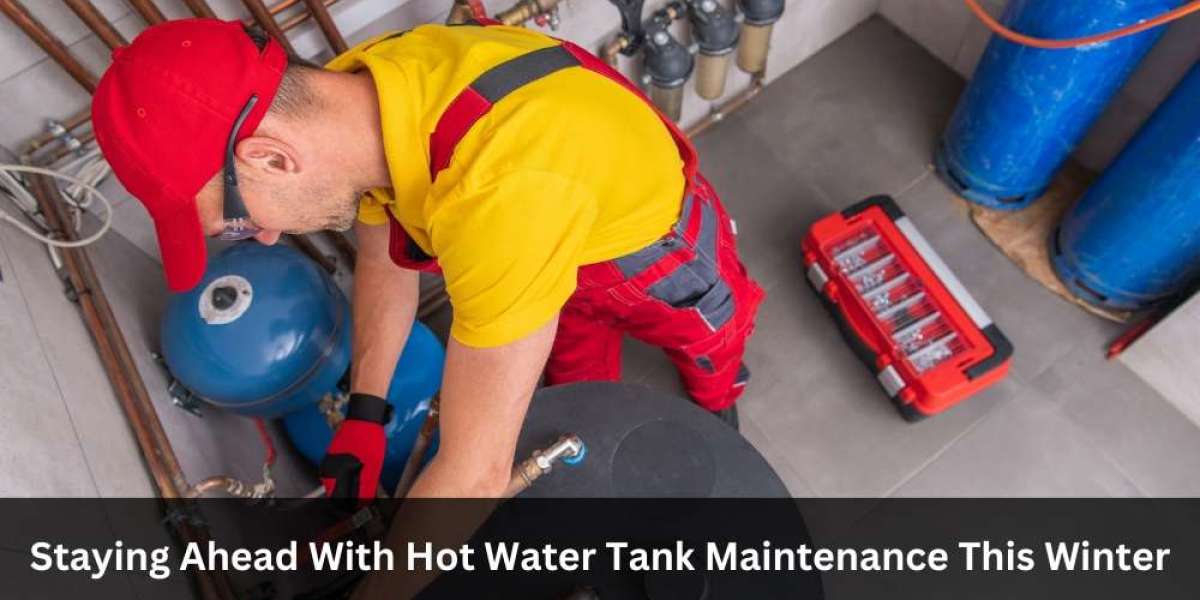Plumbing plays a crucial role in any home, ensuring a steady water supply, efficient drainage, and safe gas connections. However, when it comes to plumbing installations, there are significant differences between newly built homes and older homes.
Understanding these differences is essential for homeowners, contractors, and buyers who are planning renovations, upgrades, or full-scale plumbing installations. In this article, we’ll explore how plumbing installation differs for old vs. new homes, covering materials, costs, challenges, and modern solutions.
1. Pipe Materials: Traditional vs. Modern Options
Old Homes
Older homes often have outdated plumbing materials, such as:
- Galvanized steel pipes – Prone to rust and corrosion, leading to reduced water flow.
- Lead pipes – A serious health hazard, requiring replacement due to lead contamination risks.
- Cast iron drainpipes – Durable but susceptible to internal buildup and cracking over time.
New Homes
Modern plumbing systems use advanced materials designed for durability and efficiency, such as:
- PEX (Cross-linked Polyethylene) – Flexible, resistant to freezing, and easy to install.
- PVC (Polyvinyl Chloride) – Lightweight, corrosion-resistant, and cost-effective for drainage pipes.
- Copper pipes – Still used for some installations due to their longevity and resistance to bacteria.
? Key Difference: Older homes require pipe replacement or upgrades, while new homes benefit from modern, low-maintenance materials.
2. Plumbing Layout and Design
Old Homes
Older homes were built before modern plumbing codes and standards existed. This often results in:
- Inefficient layouts – Pipes may be placed in hard-to-reach areas, making repairs difficult.
- Limited water pressure – Narrow, corroded pipes restrict water flow.
- Fewer water supply lines – Homes built decades ago weren’t designed for today’s multiple-bathroom and appliance-heavy lifestyles.
New Homes
Modern homes are engineered with optimized plumbing layouts, featuring:
- Dedicated water supply lines for kitchens, bathrooms, and outdoor areas.
- Zoned plumbing systems that distribute water efficiently across the house.
- Smart home plumbing integrations, such as leak detection sensors and remote-controlled shutoff valves.
? Key Difference: New homes have well-planned, accessible plumbing systems, while old homes often require major layout adjustments for upgrades.
3. Plumbing Codes and Regulations
Old Homes
- Many older homes have plumbing systems that do not meet current building codes.
- Some outdated plumbing installations may be illegal by today’s standards, especially regarding pipe materials, venting, and backflow prevention.
- Renovations often require permits and professional inspections to ensure compliance.
New Homes
- Built according to updated plumbing codes, ensuring safety and efficiency.
- Installed with proper venting, shutoff valves, and energy-efficient water heaters.
- Compliant with eco-friendly regulations, such as low-flow fixtures and water conservation systems.
? Key Difference: Older homes may require extensive modifications to meet modern safety and efficiency standards.
4. Cost of Plumbing Installation and Upgrades
Old Homes
- More expensive repairs due to the need for pipe replacements, rerouting, and fixing leaks.
- Hidden plumbing issues (such as corrosion, leaks behind walls, or tree root intrusion) can increase costs.
- Potential asbestos or lead pipe removal costs, adding to the renovation budget.
New Homes
- Lower initial installation costs, as everything is built from scratch with modern materials.
- Fewer surprises, since plumbing is installed according to plan.
- Better long-term savings, thanks to energy-efficient fixtures and leak-proof piping.
? Key Difference: Old homes often have higher upgrade costs, while new homes benefit from cost-effective, modern installations.
5. Common Plumbing Challenges
Old Homes
- Pipe leaks and corrosion requiring frequent repairs.
- Low water pressure due to buildup inside pipes.
- Outdated water heaters with inefficient heating capabilities.
- Clogged or collapsed sewer lines, often requiring trenchless repairs.
New Homes
- Initial plumbing installation mistakes, such as poor pipe placement, can cause future issues.
- New technology reliance, which may require smart home system maintenance.
- Soft water system considerations, as many modern homes use water softeners to prevent pipe scaling.
? Key Difference: Older homes face maintenance challenges, while new homes need careful planning to avoid future problems.
Conclusion
The differences between plumbing installations in old and new homes can impact cost, efficiency, and maintenance. Older homes often require upgrades to outdated materials, redesigned layouts, and compliance with modern plumbing codes. New homes, on the other hand, benefit from advanced technology, optimized layouts, and cost-effective materials.
If you own an older home, consider inspecting your plumbing system for potential issues and upgrading where necessary. If you're building a new home, work with a licensed plumber to ensure your system is efficient, modern, and built to last.



